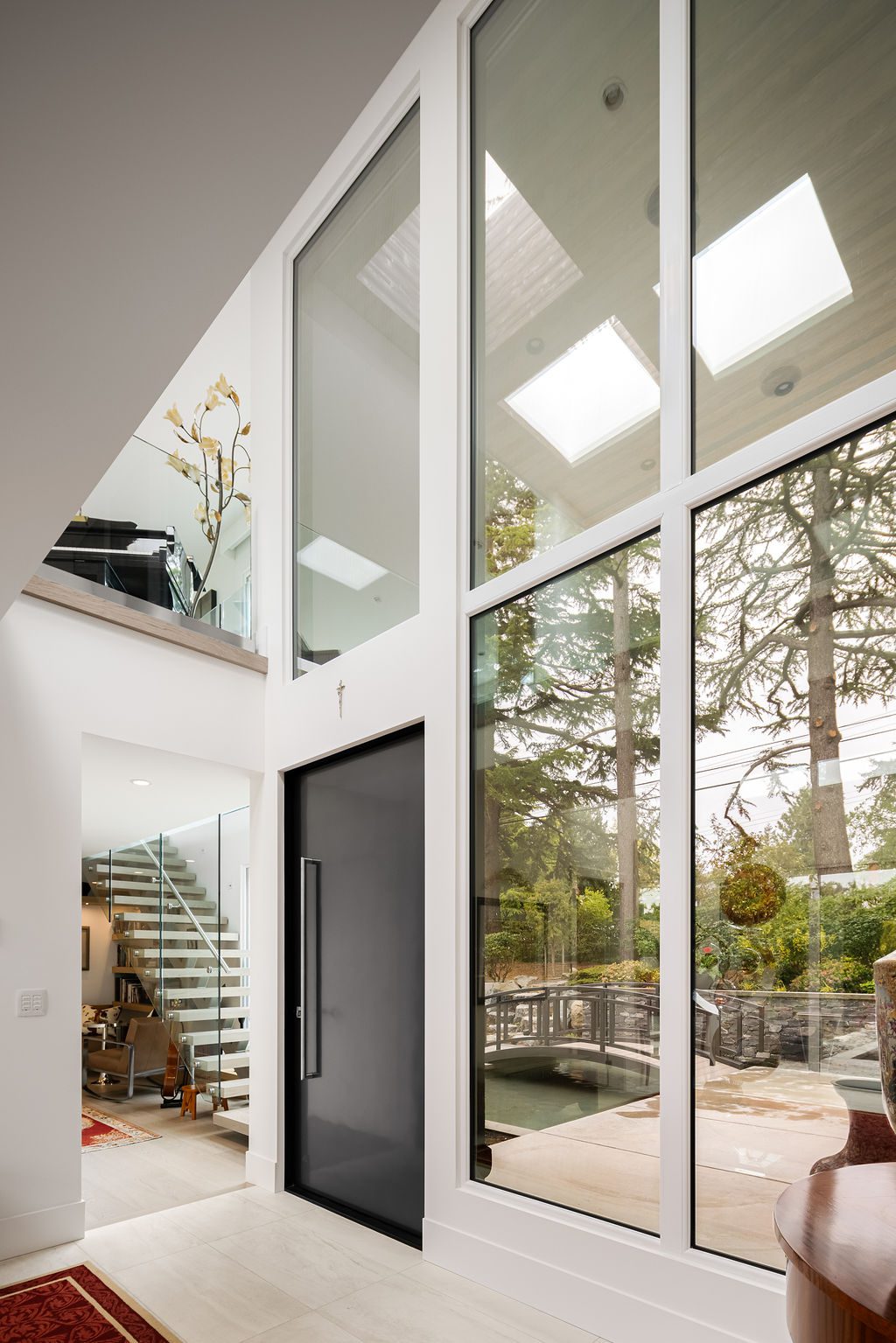The Psychology of Home: How Design Impacts Well-Being
A look at how space, layout, light, and materials influence mental wellness and comfort.
A home is more than walls and windows—it’s the backdrop of our lives. And more than ever, we understand that how a home feels is just as important as how it looks. From layout and flow to light, scale, and materials, thoughtful design plays a quiet but powerful role in shaping our mental well-being.
We move differently in well-designed spaces. Natural light filters through large windows and shifts with the day, subtly improving mood and supporting circadian rhythms. Rooms with intuitive flow reduce stress, eliminate cluttered thinking, and invite calm. When design is in sync with how we live and feel, a home becomes more than functional—it becomes grounding.
Texture and materiality also influence emotion. Organic elements like oak, limestone, wool, and clay tile bring warmth and a sense of connection to nature, while cool, minimalist finishes can evoke clarity and ease. Even ceiling heights and room proportions impact perception: grand, airy volumes often inspire, while lower ceilings and cozy corners provide comfort and retreat. The best homes offer both.
In luxury custom home building, this balance between aesthetics and emotional intelligence is essential. It’s not just about curated beauty; it’s about creating spaces that restore, energize, and quietly support everyday life. A quiet reading nook, a sun-washed kitchen, or a tranquil primary suite—each moment of thoughtful design builds a sense of safety and belonging.
This is the psychology of home: design that responds to how we live, how we move, and how we want to feel. When done well, it’s not always something you can put your finger on—but you feel it the moment you walk through the door.

